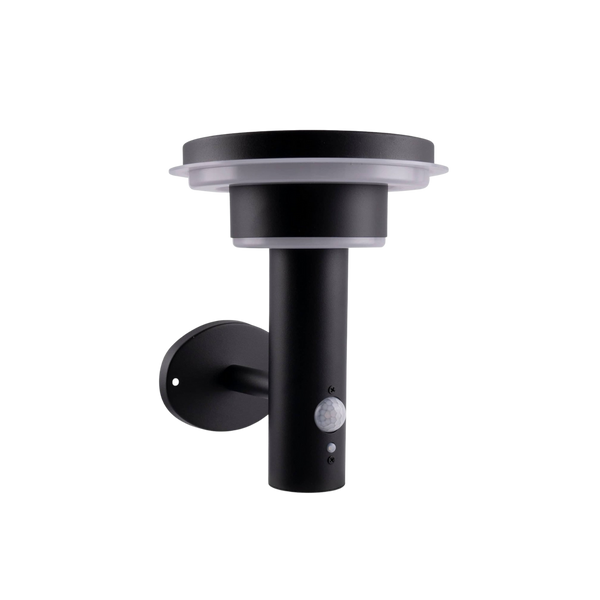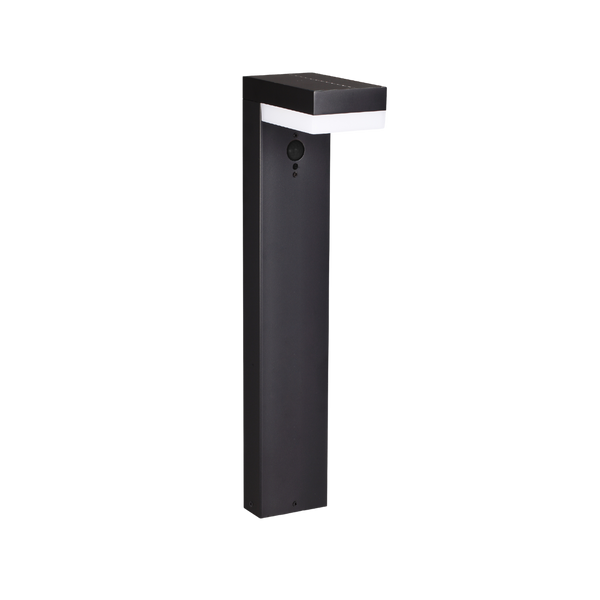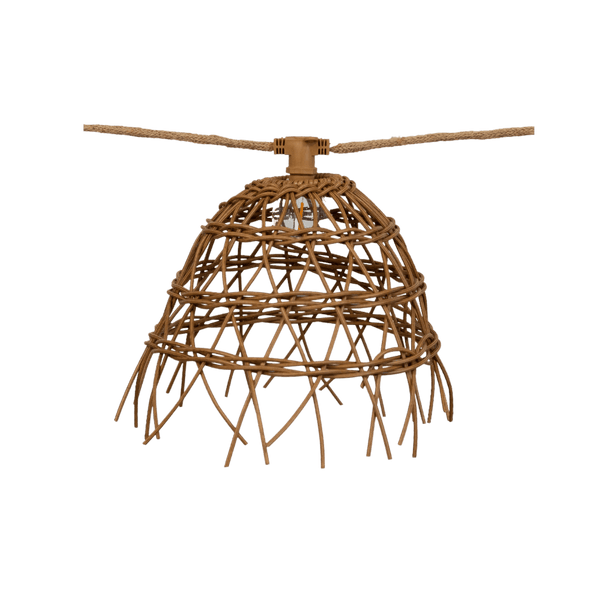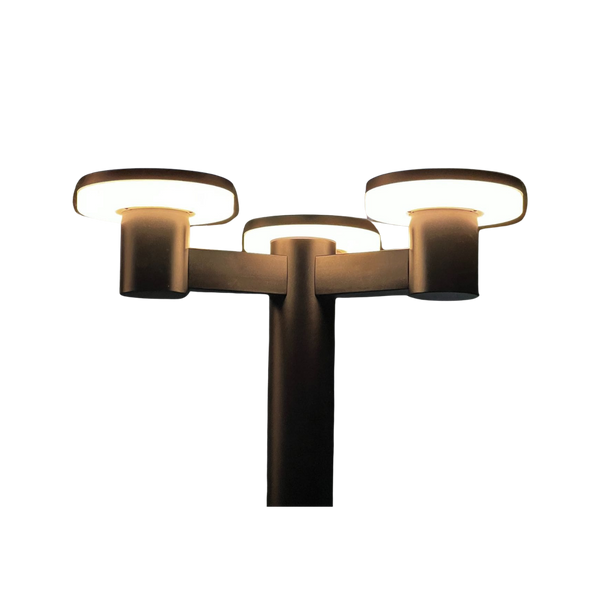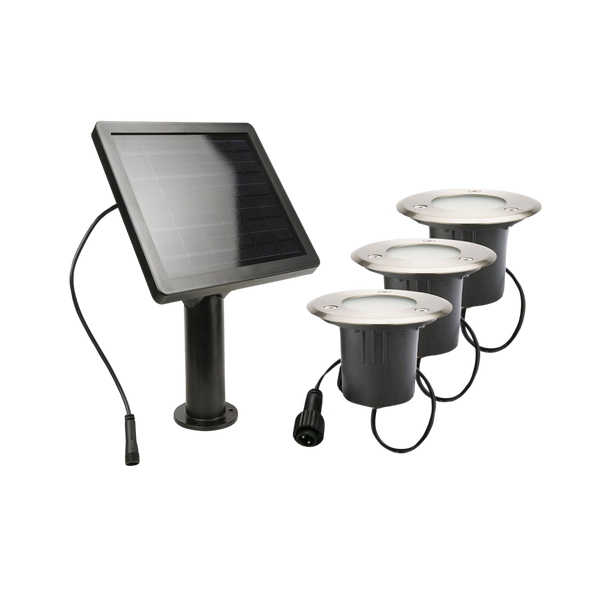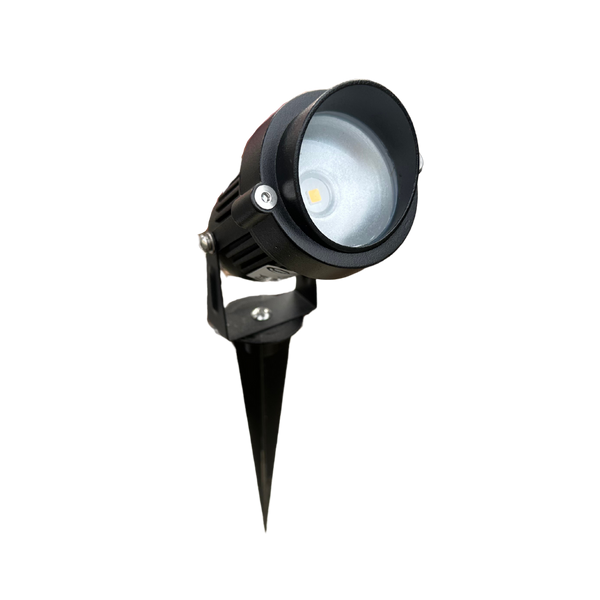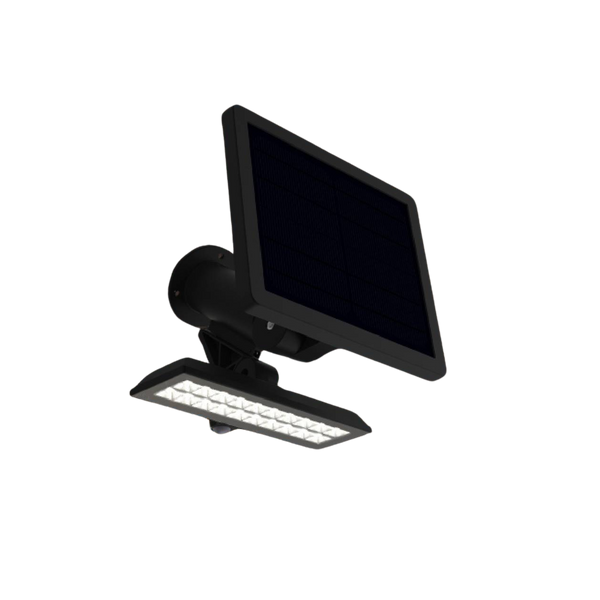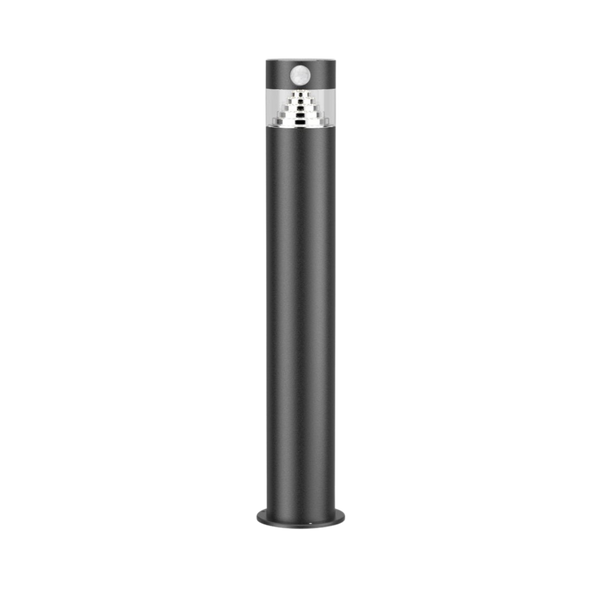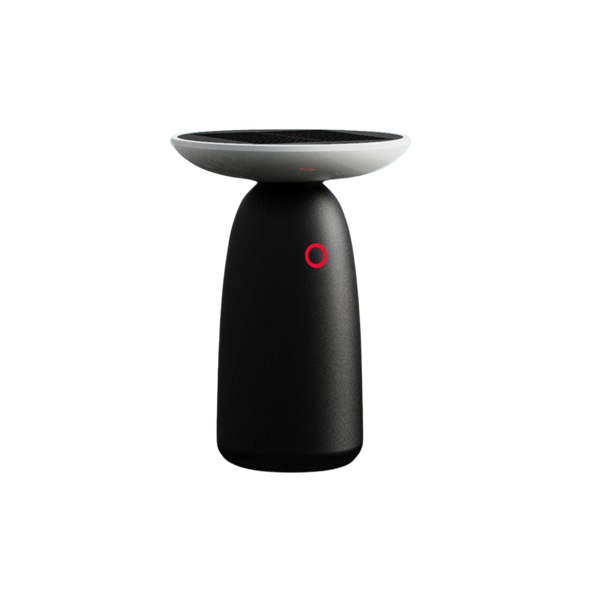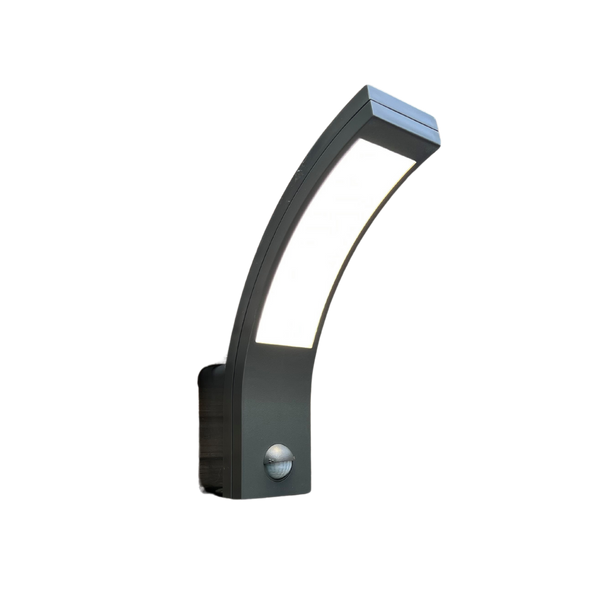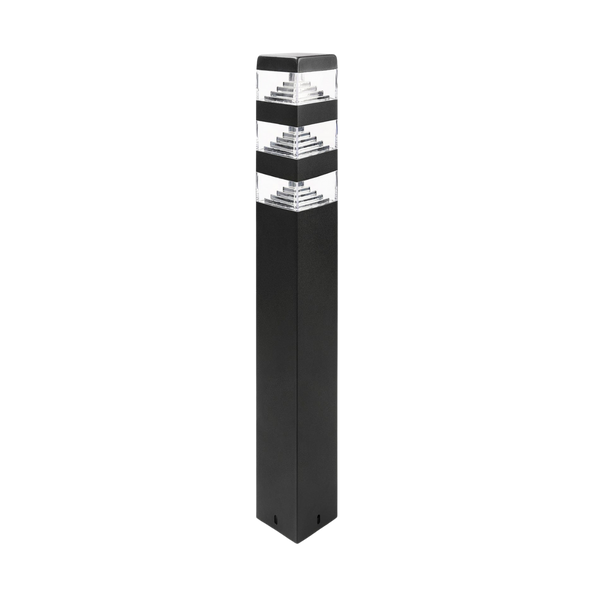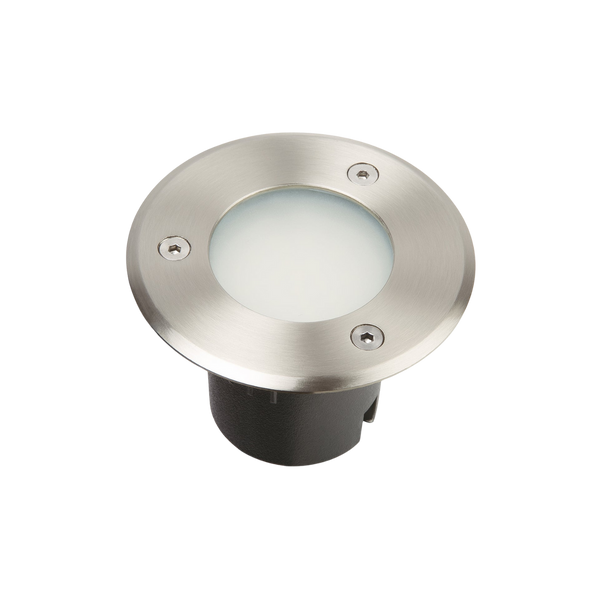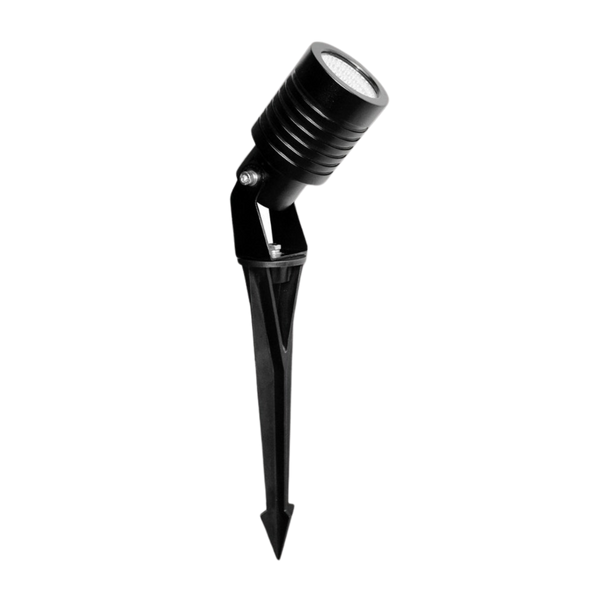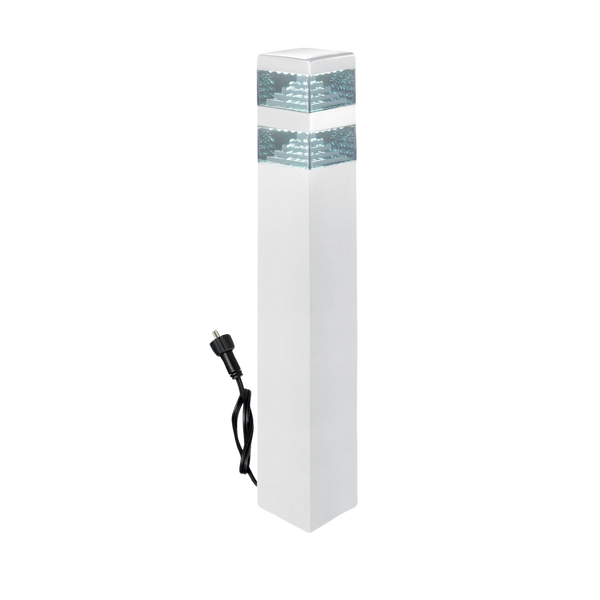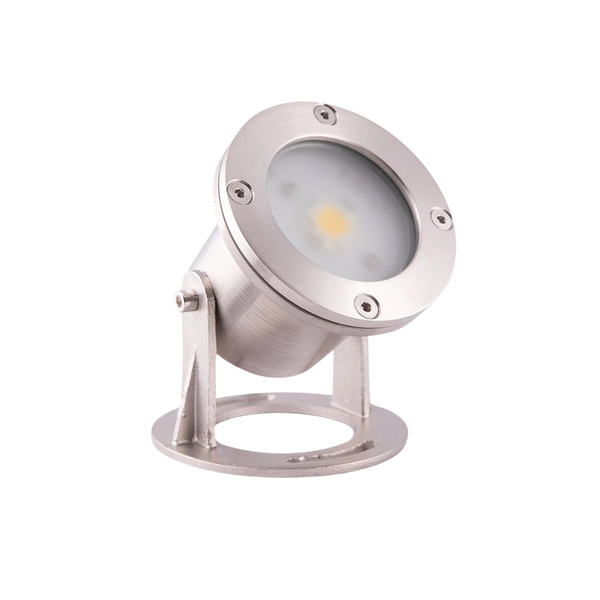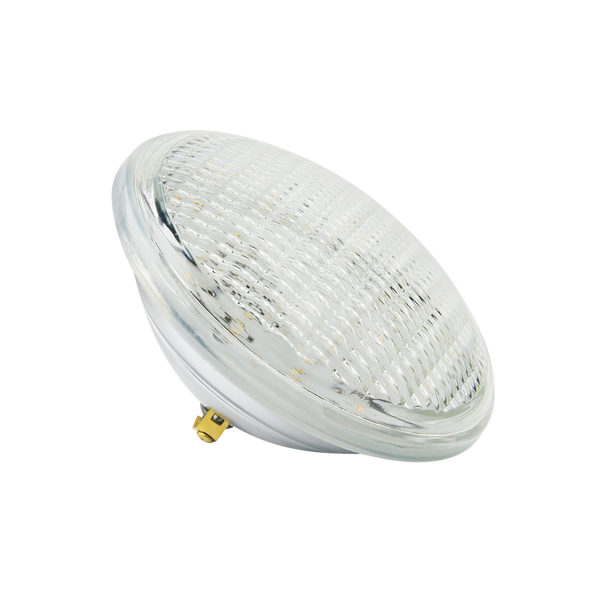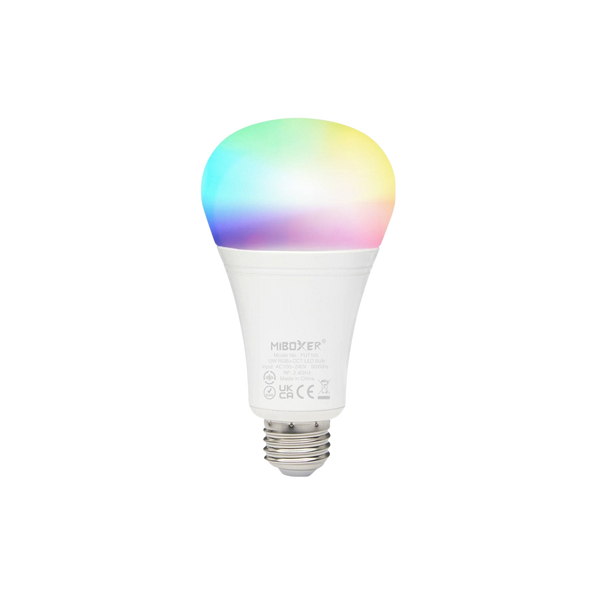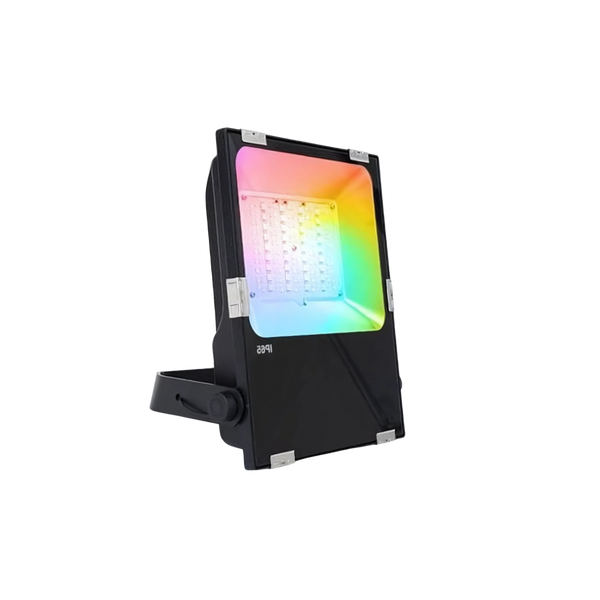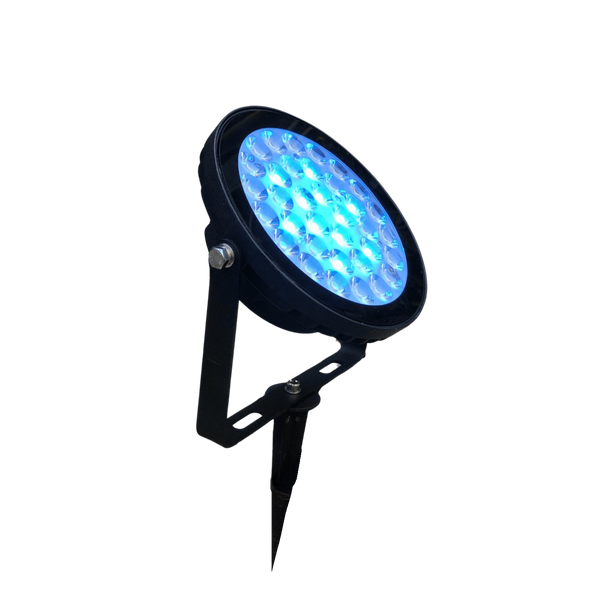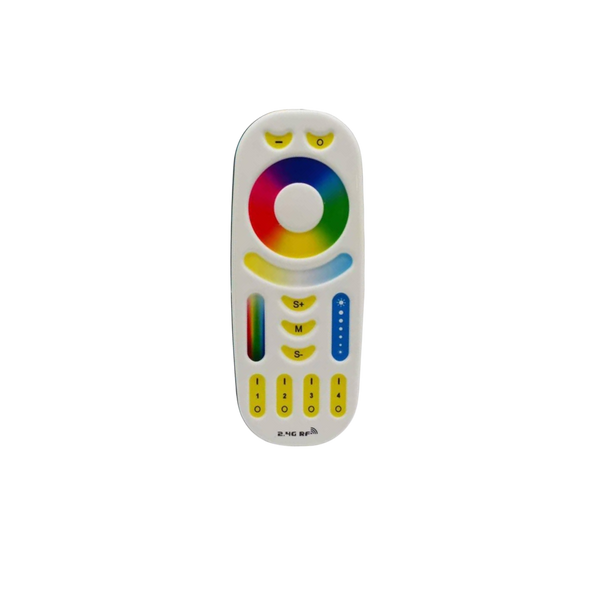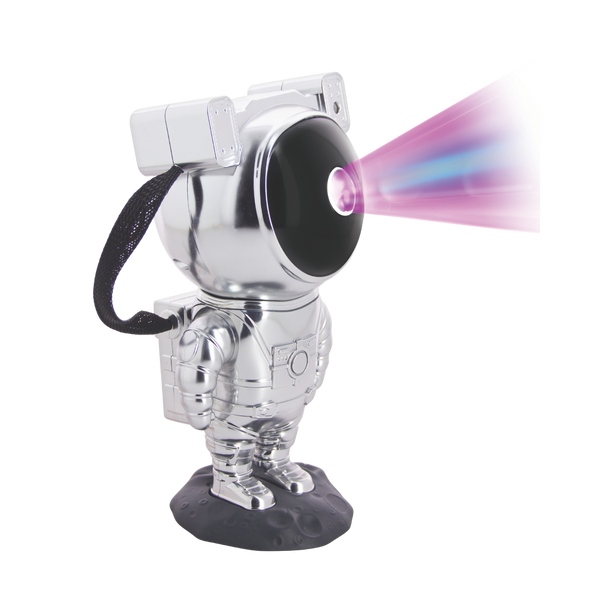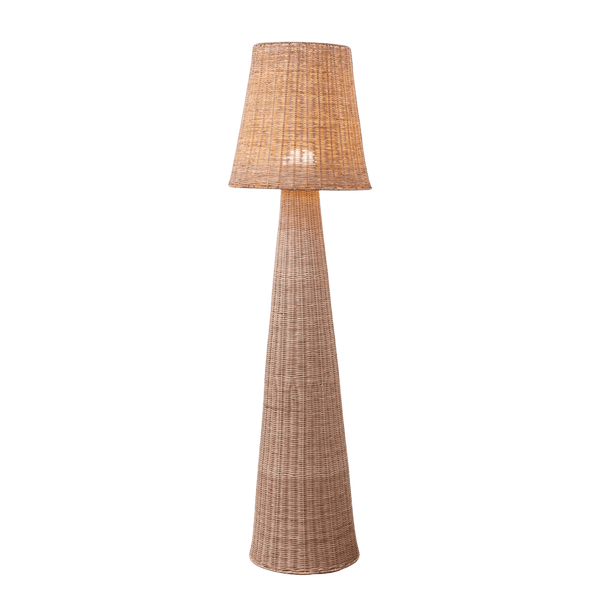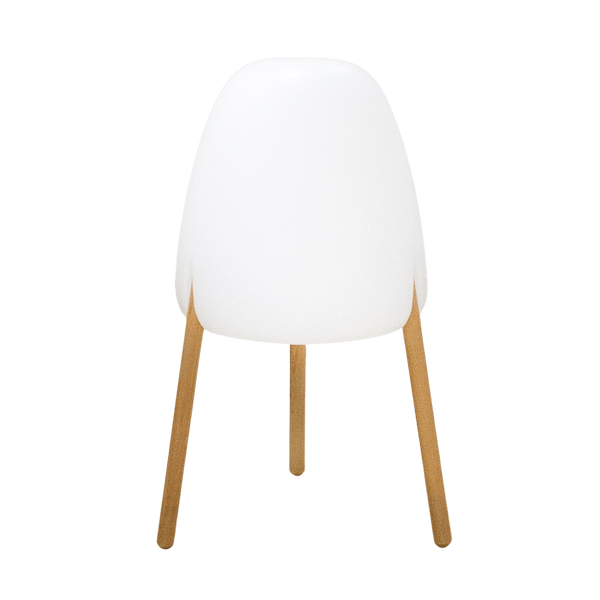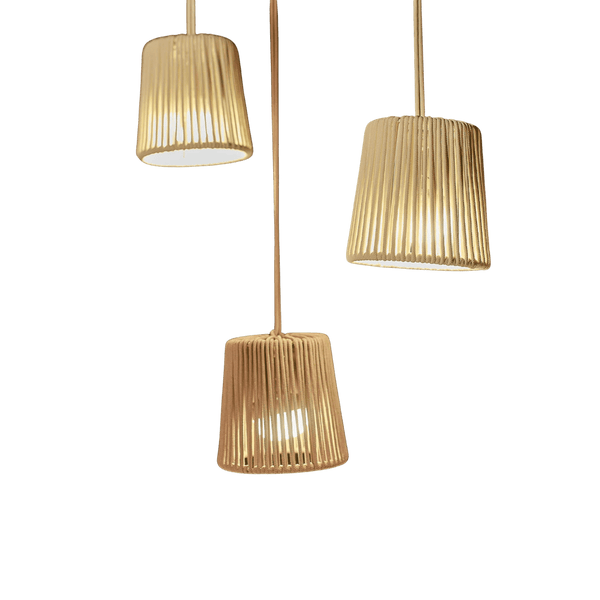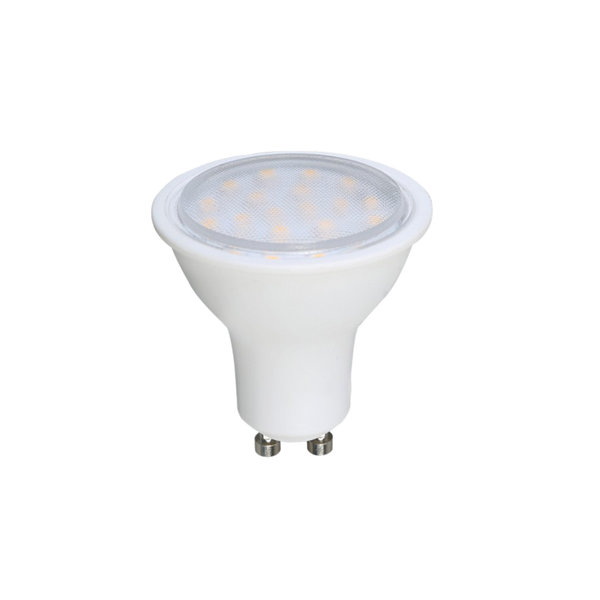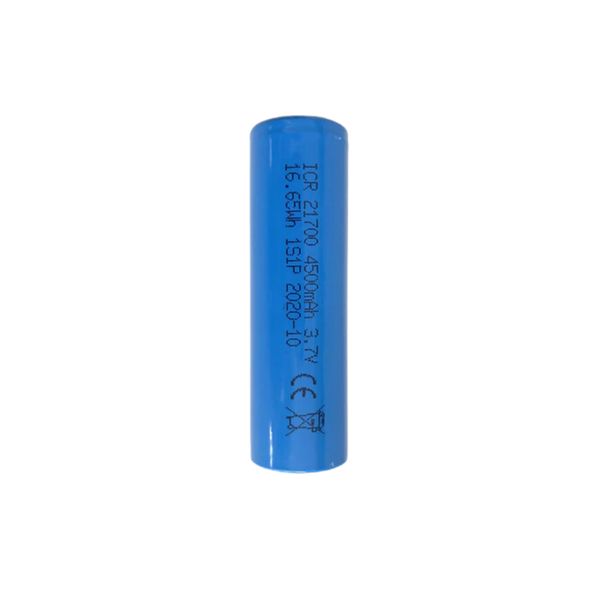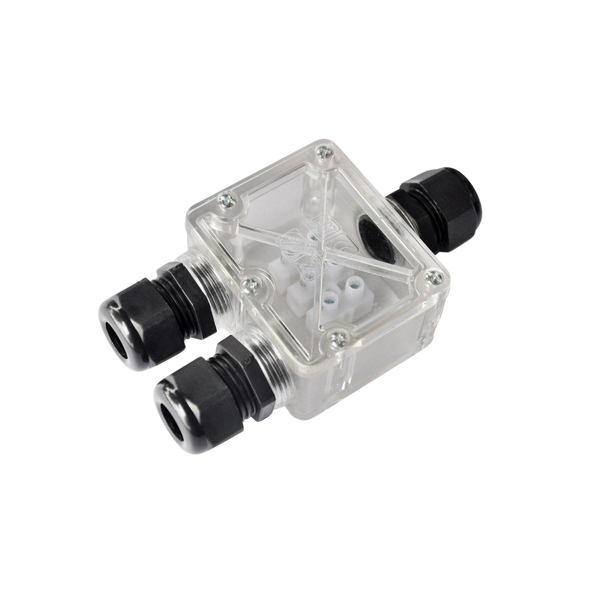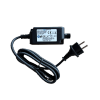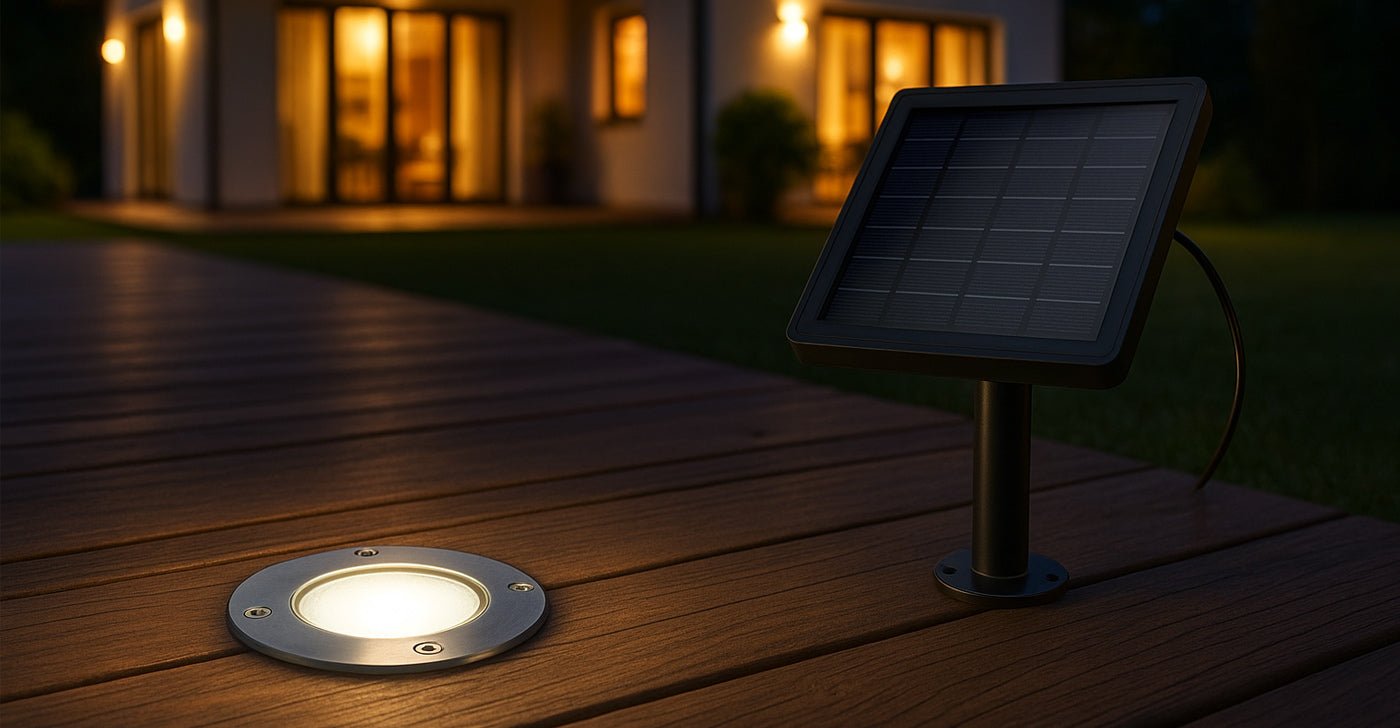You chose them for their design, autonomy and ease of installation. And you were right. Solar-powered outdoor bollards have become indispensable for enhancing a garden, driveway or terrace without digging trenches or blowing up your electricity bill. At Lumihome, we design our bollards as truly durable fixtures, capable of providing high-performance lighting while withstanding the vagaries of time.
But like all outdoor equipment, they deserve a minimum of attention. With a few simple reflexes, you can extend their lifespan.
Why take care of your solar bollards?
Think of your favorite bike: without a little oil or a pump, it'll end up rusting or not shifting gears properly. The same goes for a solar bollard. With regular maintenance, they'll keep performing and lighting up your outdoors for years to come.
"Lumihome kiosks are not one-time-use gadgets. They are repairable, modularand designed to last. A quick clean, an occasional battery change, and they're back in top form. "Christophe Coelho, founder of Lumihome
3 things you can do to extend the life of your bollards
Good outdoor lighting starts with a good product. But it's also - and above all - about proper use and a minimum of care over time. At Lumihome, our bollards are built to last, with robust materials, replaceable components and real resistance to outdoor conditions.
The key is to provide them with the right environment, protect them from excesses, and intervene at the right time.

You don't have to be a professional handyman to do this. In fact, it's often the simplest gestures that make the biggest difference. Here are the three things you need to do to ensure your solar bollards keep their performance, brilliance and autonomy... just as they did on day one.
1. Choose the right location: no sun, no energy
The solar bollards operate completely independently, thanks to an integrated photovoltaic panel that captures the sun's energy to recharge the internal battery. But without sufficient direct exposure, this system can't work properly. It's a bit like hoping to sunbathe under an umbrella...
Before installing your bollard, take the time to assess the amount of sunlight the site receives: a good location means at least 4 to 6 hours of direct sunlight a day, with no shade cast by trees, hedges or roofs.
To do :
-
Install the bollard in a well-cleared area, facing south or south-west.
-
Avoid fixed or moving shadows that move with the day (branches, fences, fences).
-
If your model allows, orientate the panel slightly to capture as much light as possible.
Avoid:
-
Install it under an awning, in a dark corner or behind a fence.
-
Forget that the sun is lower in winter: a well-exposed corner in summer can become shady in the off-season.
"A good location ensures efficient recharging... and therefore reliable lighting after dark. "
2. Keeping the panel clean: a wipe for hours of light
The solar panel is the key element of the bollard. It captures light and converts it into energy. But like a dirty window, a panel covered in dust, pollen or organic deposits quickly becomes ineffective.
"Even if it remains inconspicuous to the naked eye, a film of dirt can halve charging capacity. And in the long term, it fatigues the battery, reduces autonomy, and gives the impression of a weak lamp. "
To do :
-
Clean every month in spring and summer (when pollen and insects are more prevalent).
-
Also every month in autumn/winter.
-
Use a soft cloth (microfiber type) and lukewarm water.
-
For stubborn dirt, add a drop of mild soap (not household glass cleaner).
Absolutely avoid :
-
Abrasive sponges or hard brushes.
-
Solvents, limescale removers, alcohol- or ammonia-based cleaners.

3. Replacing the battery: extend the life of the terminal... for years to come
The internal battery of a solar terminal is not eternal. Even the best cells have a limited lifespan, expressed in charge/discharge cycles. On average, a Lumihome battery offers between 800 and 1000 cycles, or 18 to 36 months, depending on use and climatic conditions.
But unlike many disposable products on the market, our bollards are designed for easy battery replacement. It's not technical, risky or expensive.
When to change the battery?
-
If the terminal no longer lights up despite good exposure.
-
If it goes out after 10 or 20 minutes, where it lasted all night before.
-
If you notice a rapid drop in performance, with no other visible cause.
What to do?
-
Switch off the power supply (switch or simply lay upside down, depending on the model).
-
Access the compartment (often under the terminal or on the side).
-
Remove the old battery and insert a new, compatible one (available from lumihome.com).
-
Close it up, expose it to the sun and let the magic happen.
Pro tips :
-
Recycle the old battery at a recycling center or collection point.
-
Before concluding that the battery is at fault, consider checking the location and cleaning.
-
Never force open: a well-designed terminal opens easily.
"Changing the battery gives your terminal a second life. It's simple, long-lasting, economical... and satisfying. "
What to avoid: classic mistakes
Even the best solar bollards can lose performance if certain usage errors accumulate. Our aim is not to turn you into a maintenance technician, but to help you avoid the most common pitfalls. As is often the case, it's the details that make the difference.
Here are the main mistakes not to make if you want to preserve your Lumihome solar bollards over the long term.
Install them in a shady area
This may seem obvious, but it's the most common mistake. A bollard installed in the shade will receive little or no light, and therefore very little energy. The result: reduced or non-existent autonomy.
A tree that has grown, a wisteria that has spread, or even the shade cast by new garden furniture can be enough to compromise the recharge.
Tip: remember to check the amount of sunlight in the area as the seasons change, especially in winter when the sun is lower.
Forgetting to clean the solar panel
The panel may look clean... until you wipe it down with a cloth. Dust, traces of rain, pollution, pollen, dead leaves: all invisible filters that reduce solar capture.
A terminal that has been neglected for a year will simply no longer be able to recharge efficiently.
Tip: one minute a month is enough to maintain the terminal's performance. A small reflex, for a big benefit.
Use unsuitable products or tools
You're motivated, you scrub vigorously... with a scrubbing sponge. Bad idea. The solar panel is covered with a protective film that is sensitive to scratches. Aggressive household products, meanwhile, can leave residues or attack the components.
Leaving a worn-out battery too long
A drained battery doesn't just affect autonomy: it can also force electronics to compensate, reducing the lifespan of internal components.
Waiting until it's completely out of order can therefore have consequences for the whole system.

Nothing complicated, but a real impact on service life
At Lumihome, we've designed our bollards to last for years. It would be a shame to see them fall into disrepair because of an oversight or a small, avoidable mistake. The right location, gentle cleaning, replacing the battery at the right time: simple gestures, within everyone's reach, that make all the difference.


